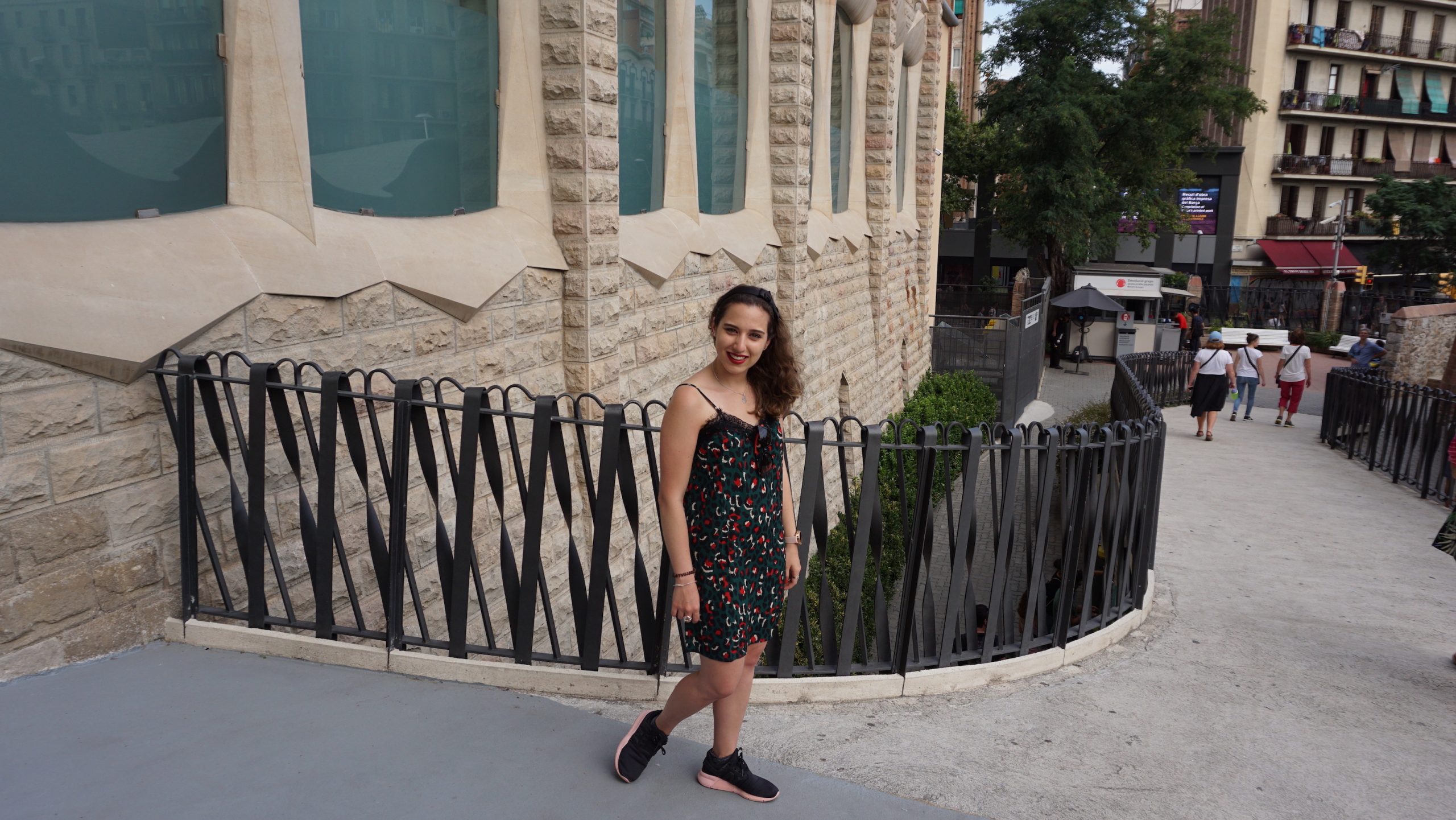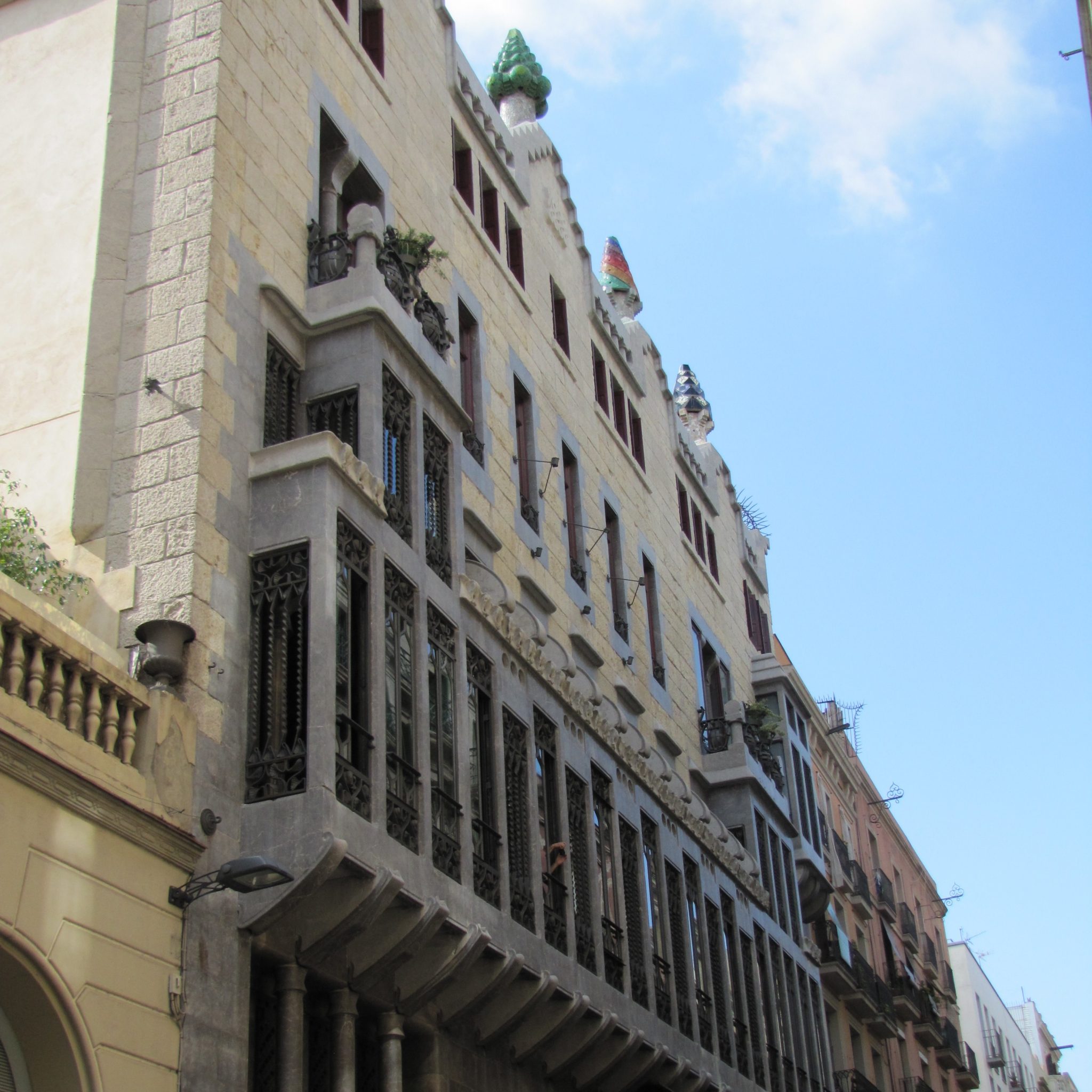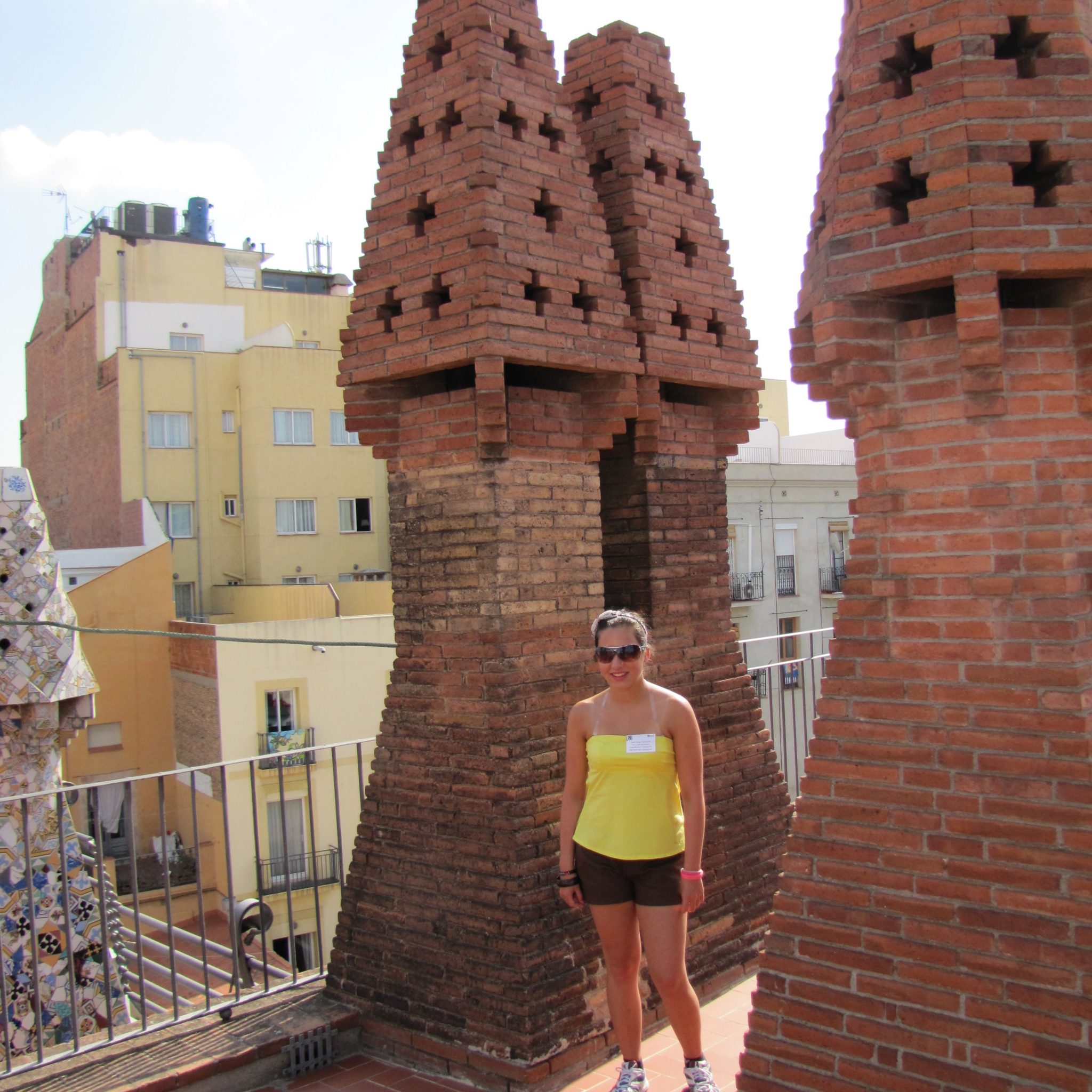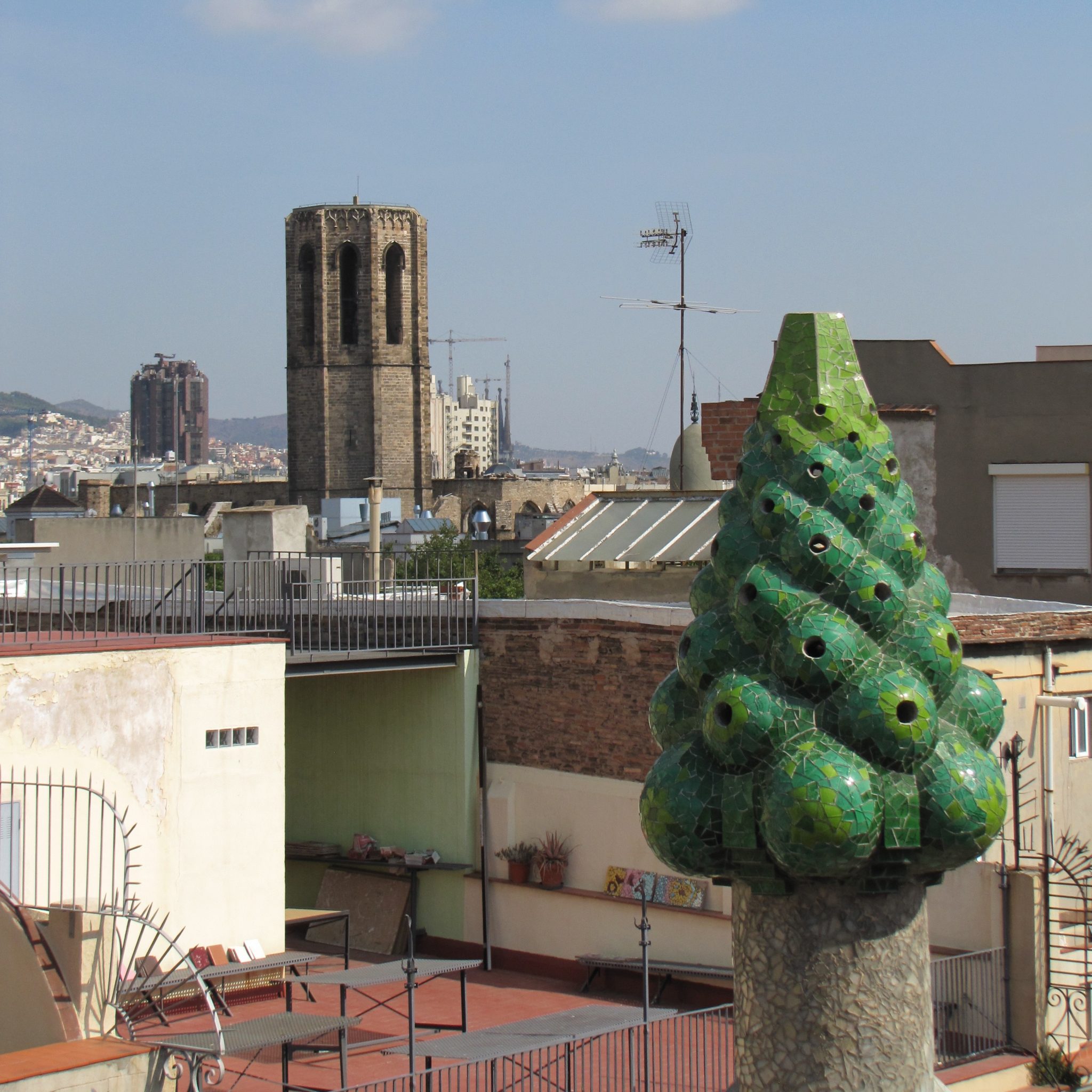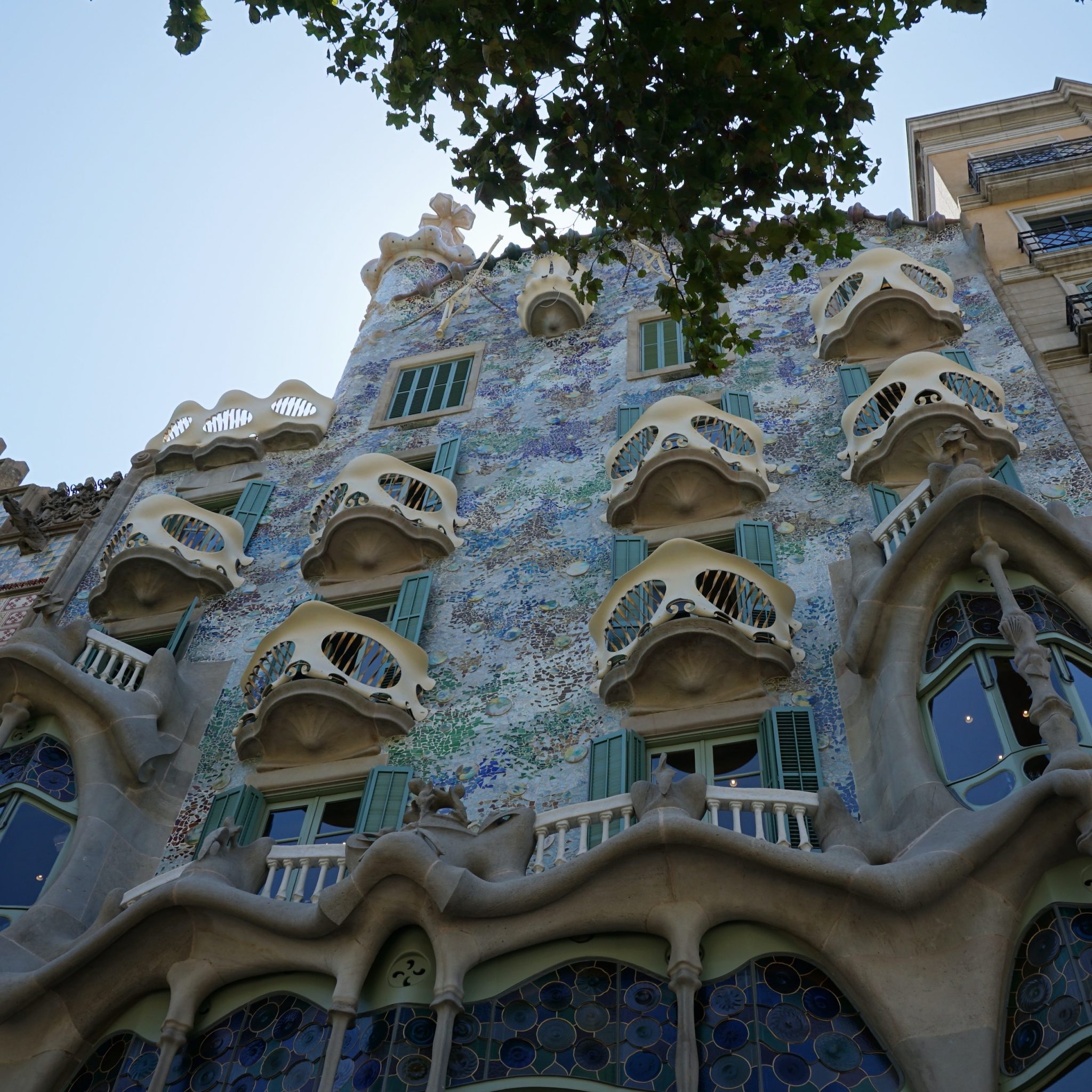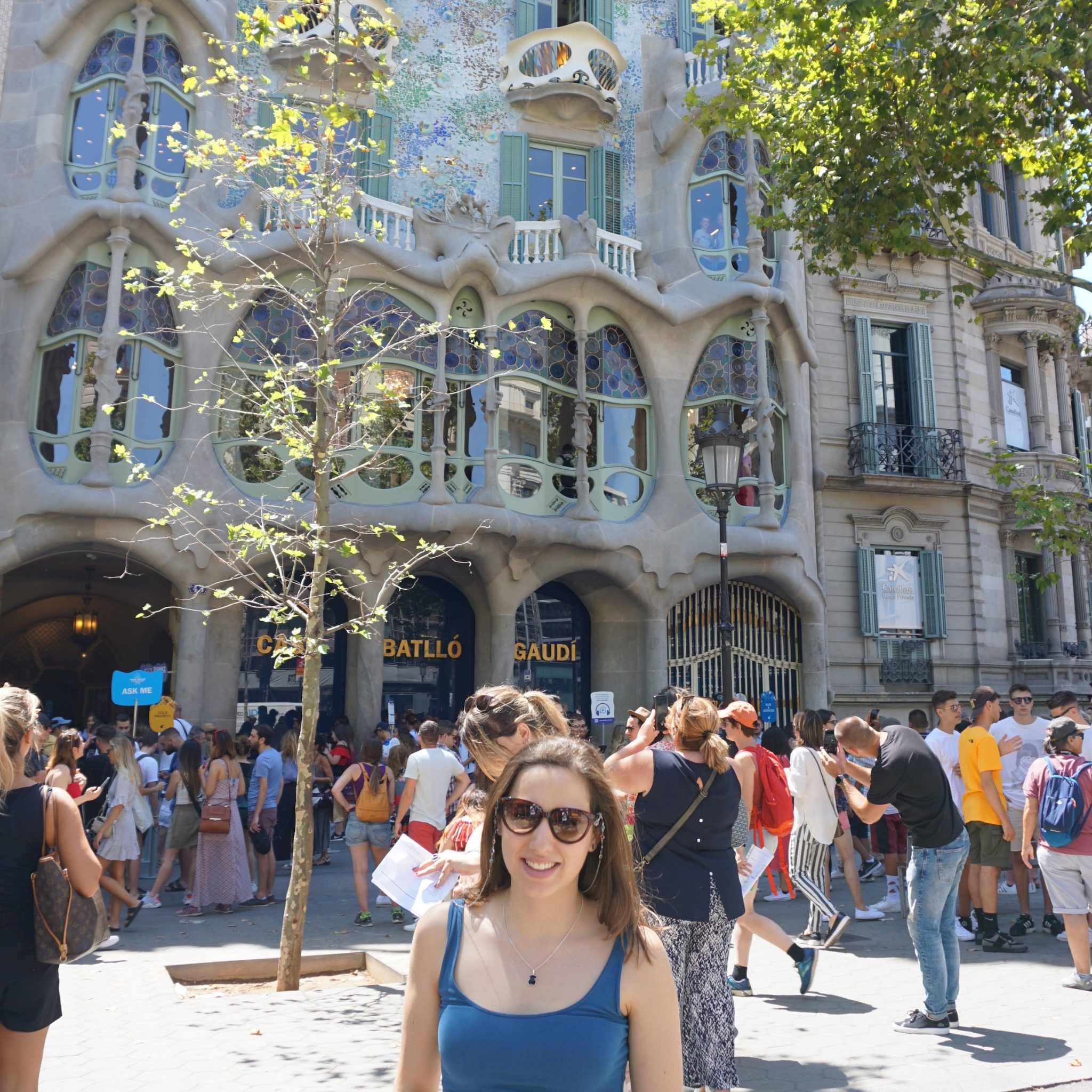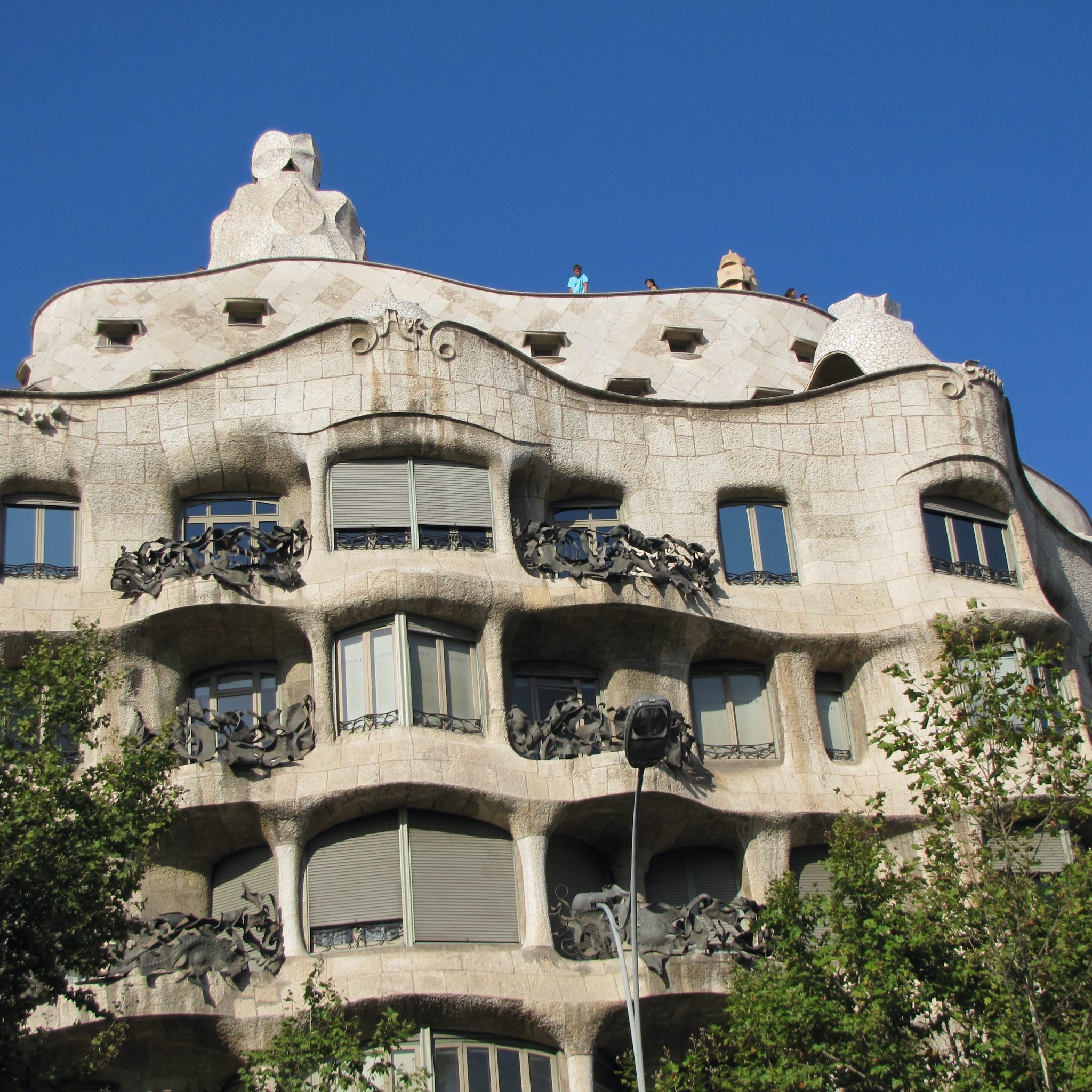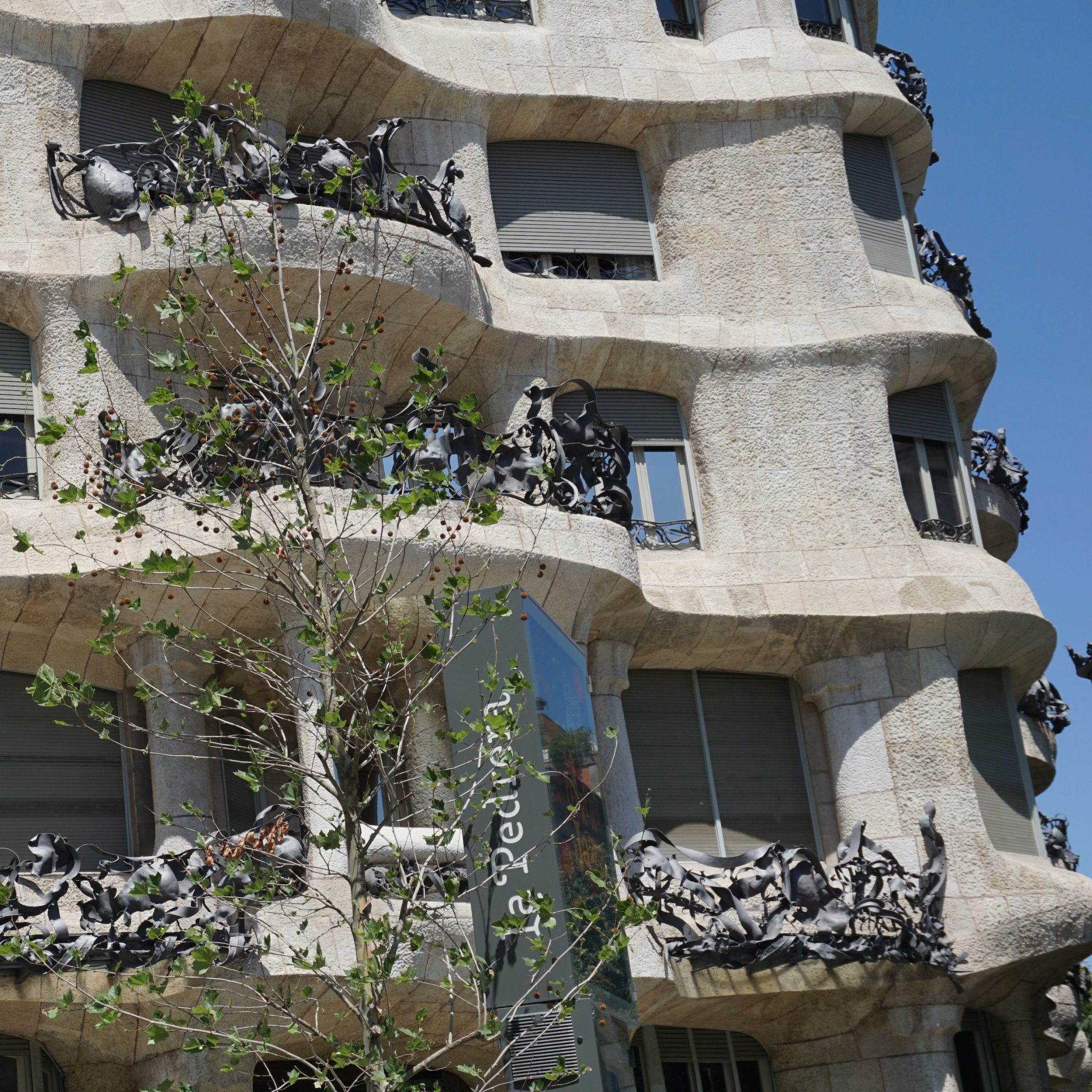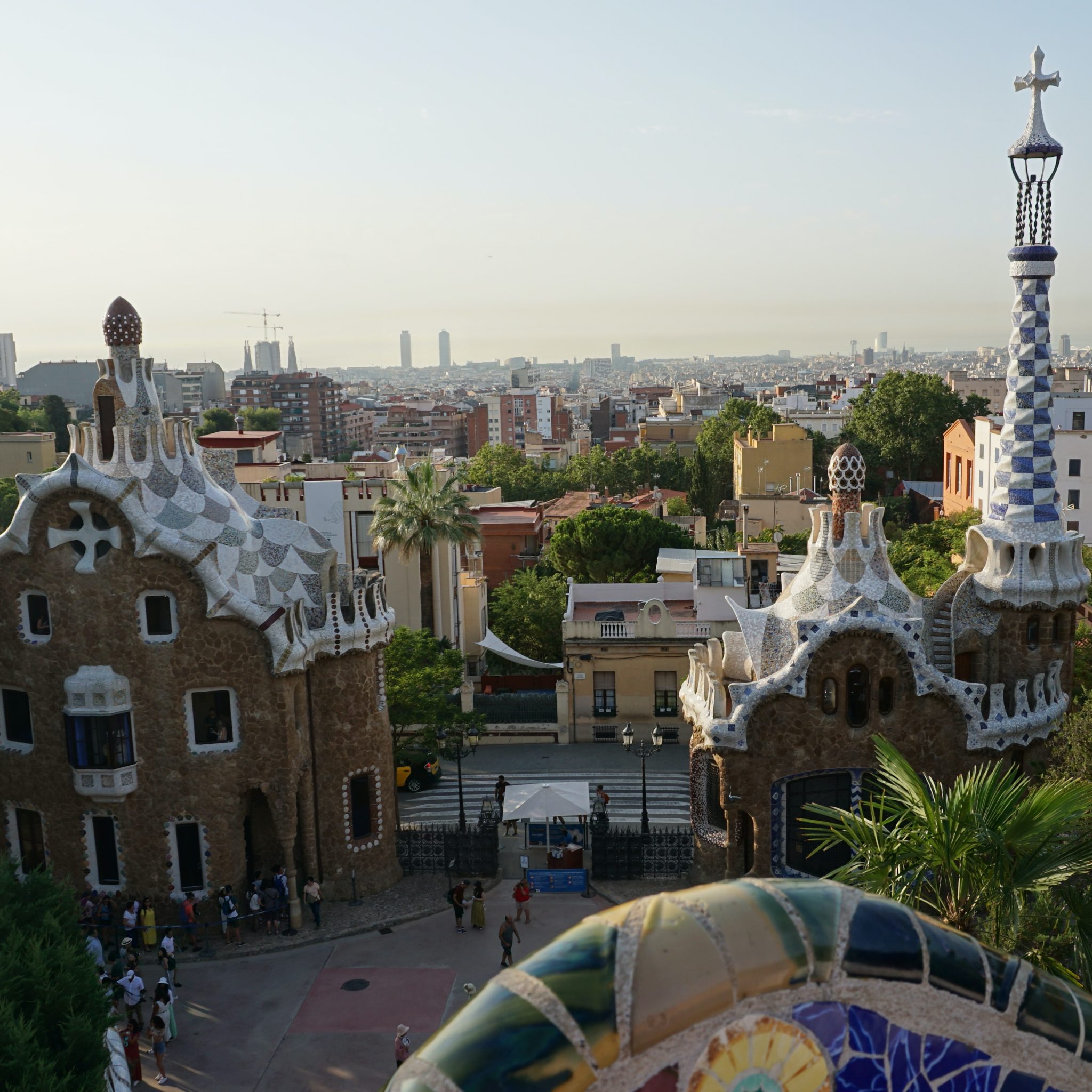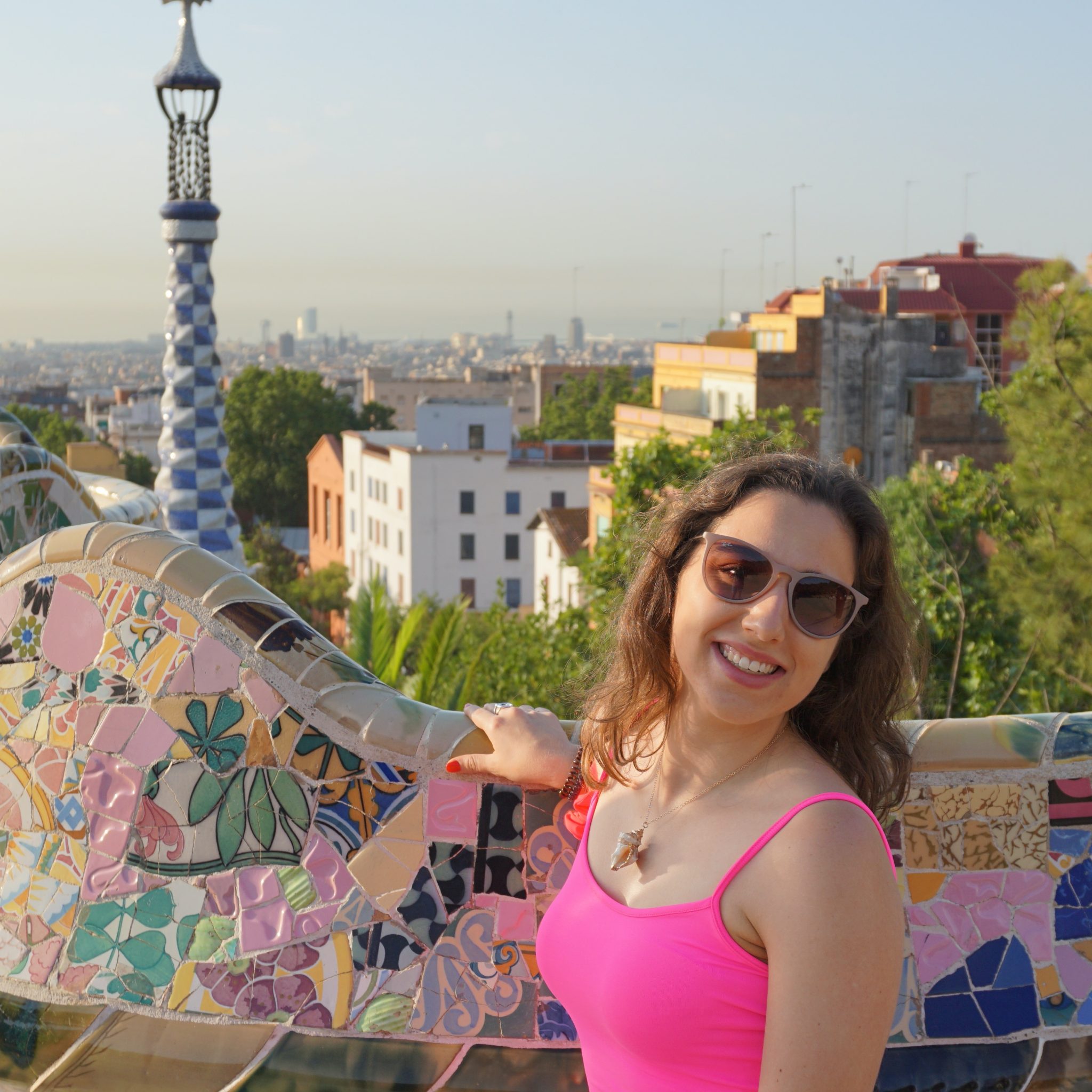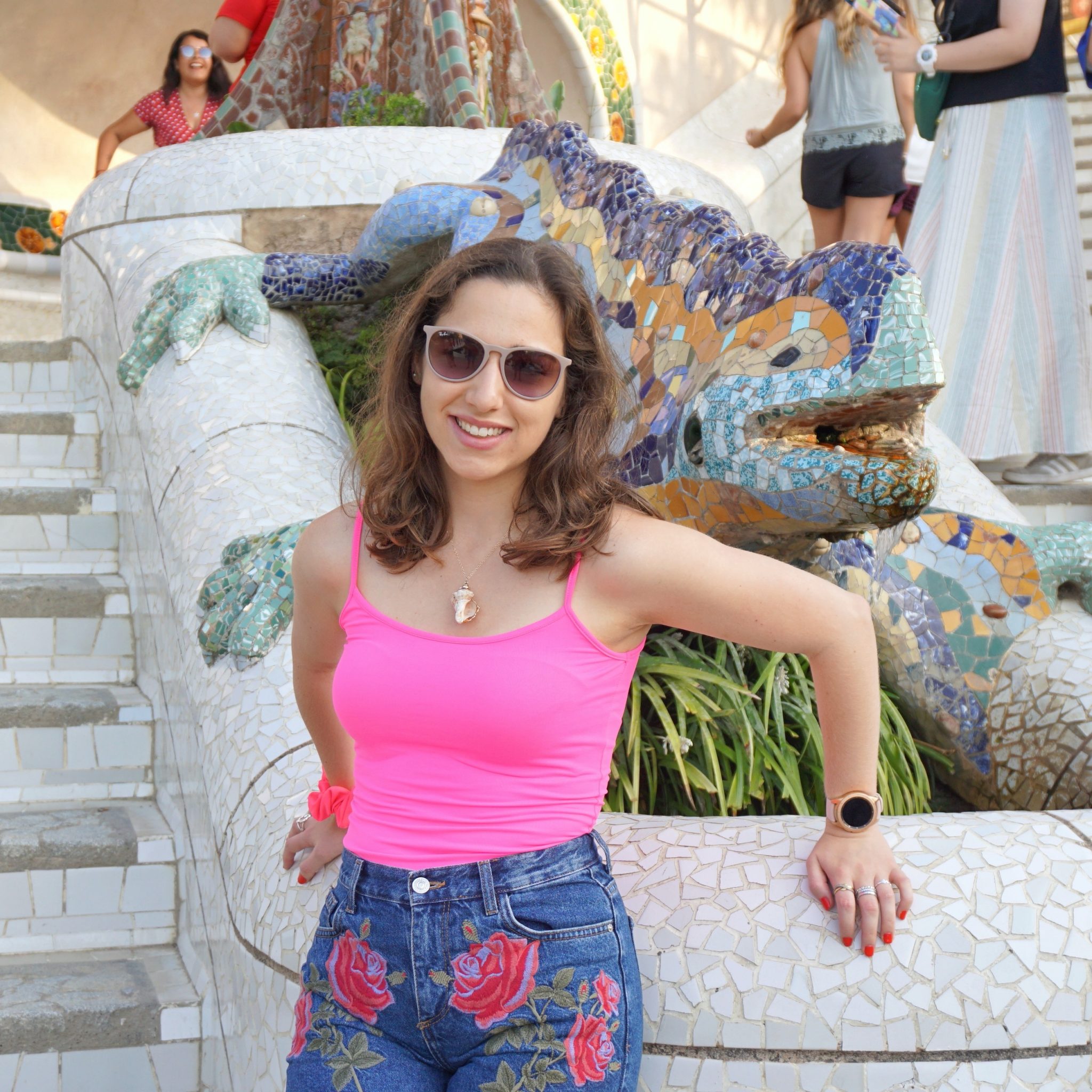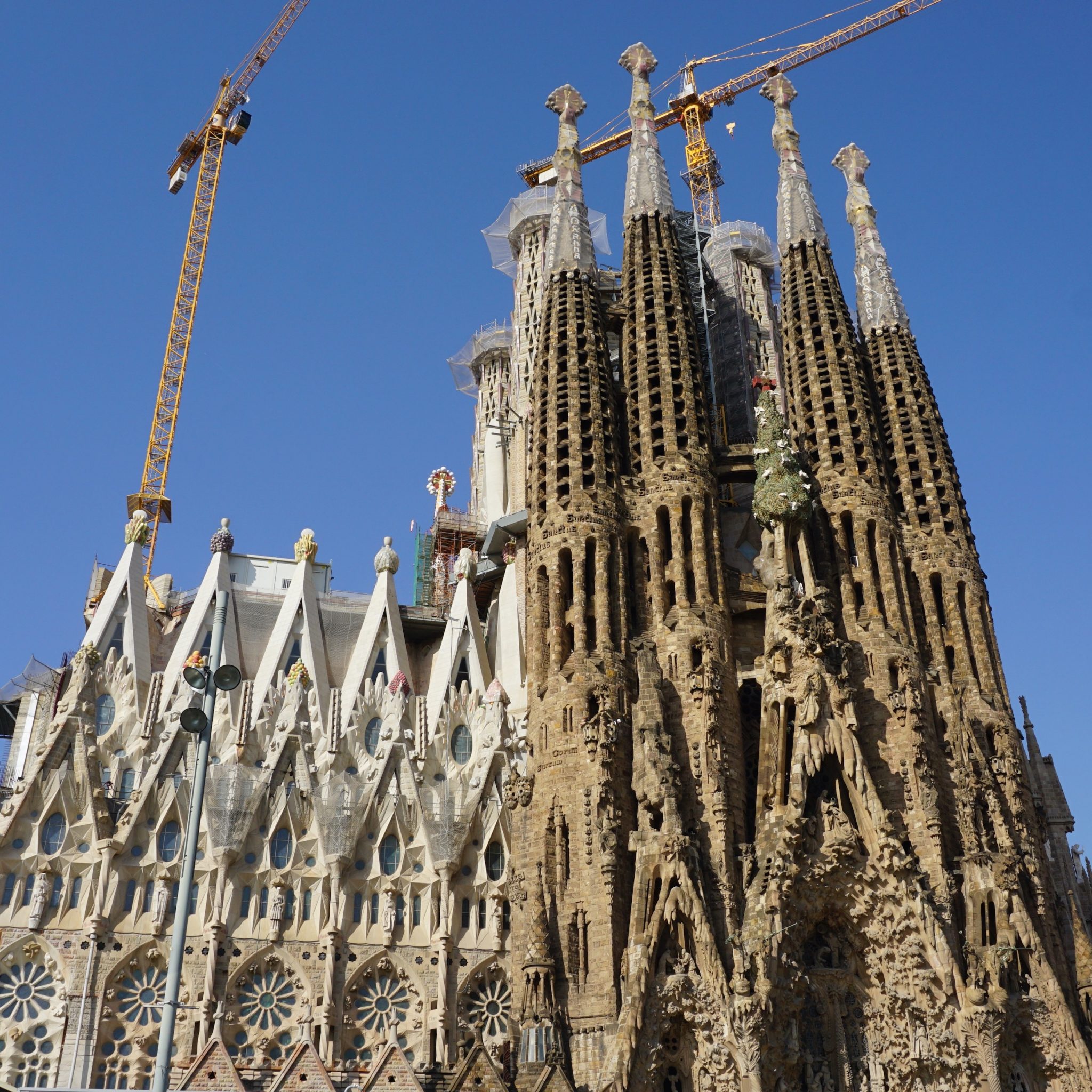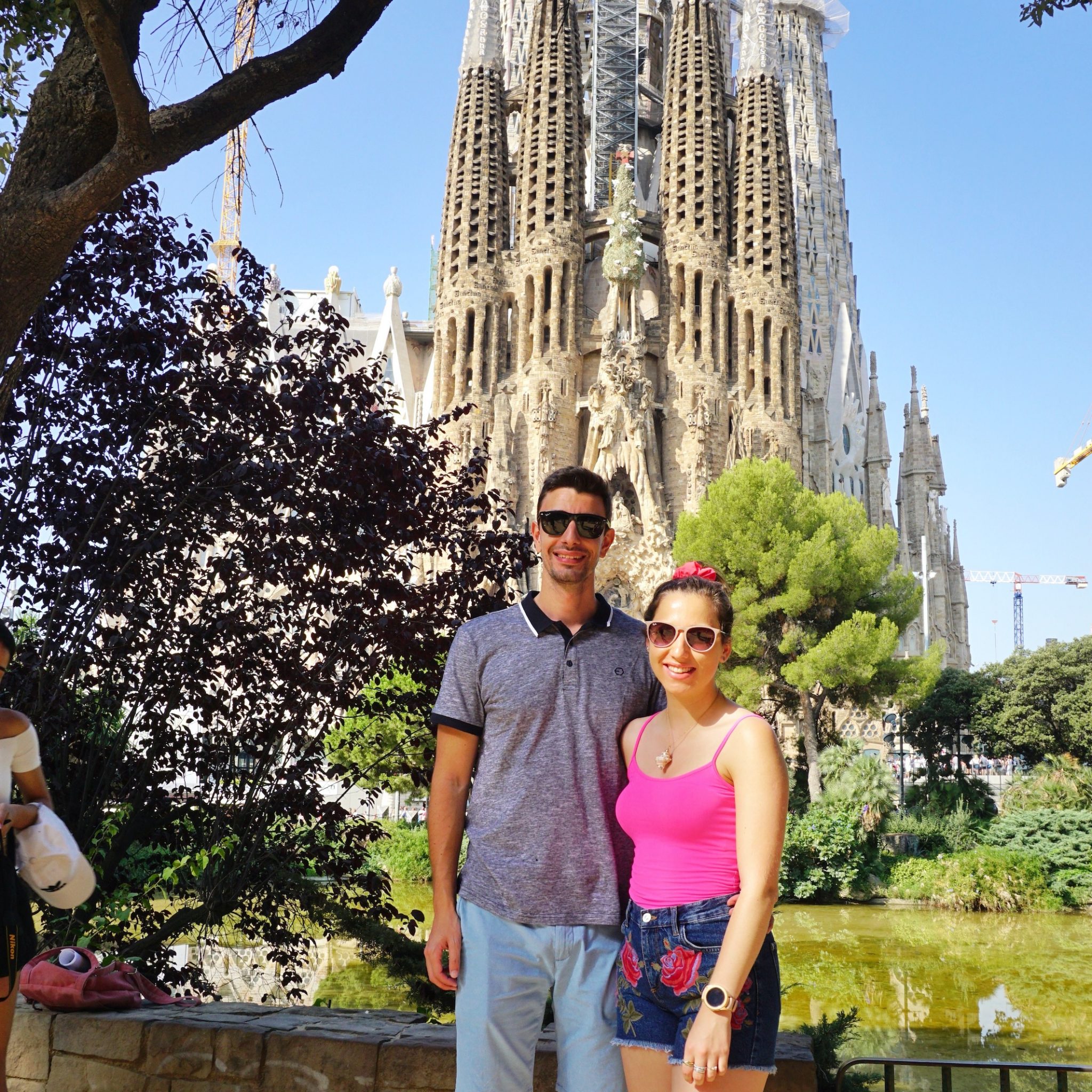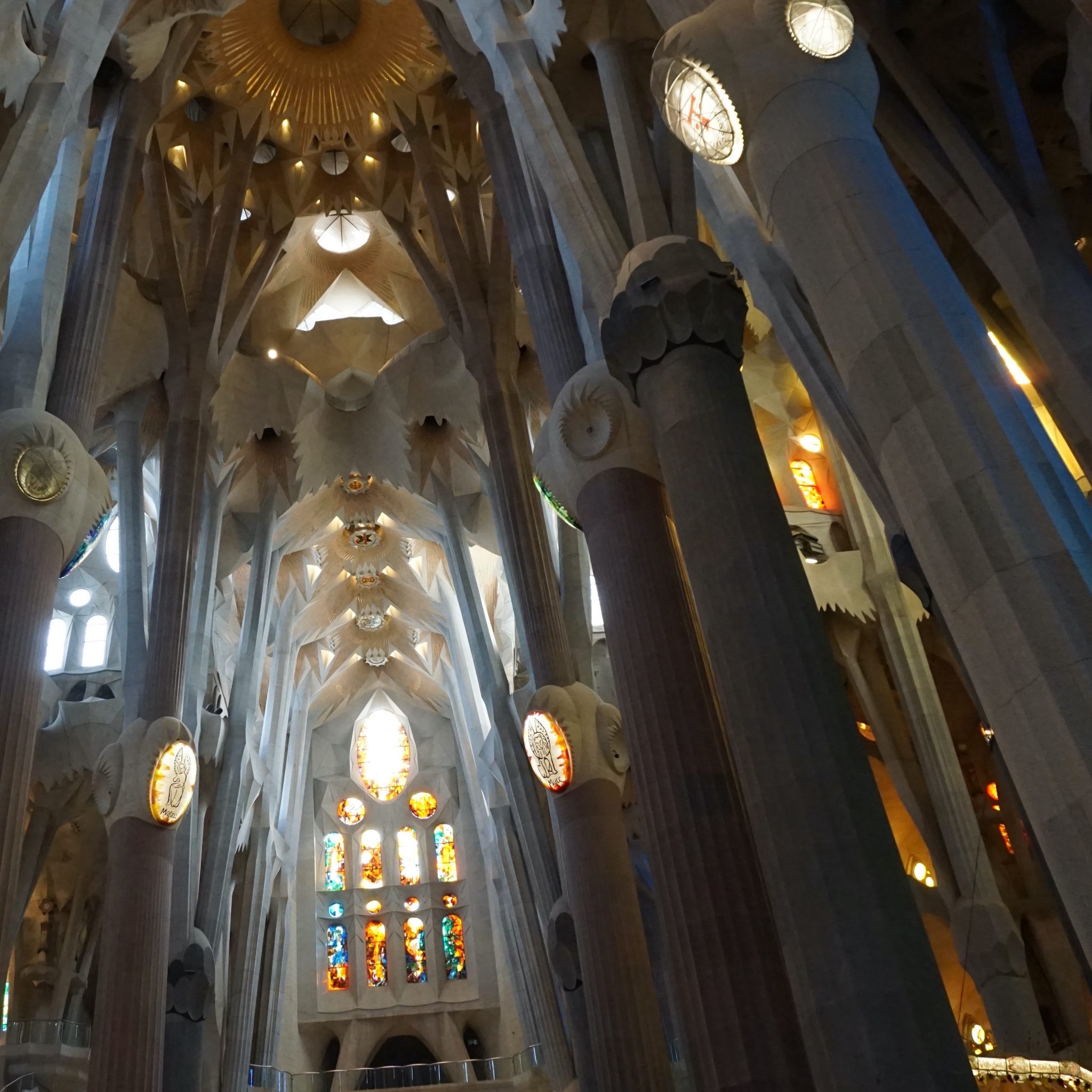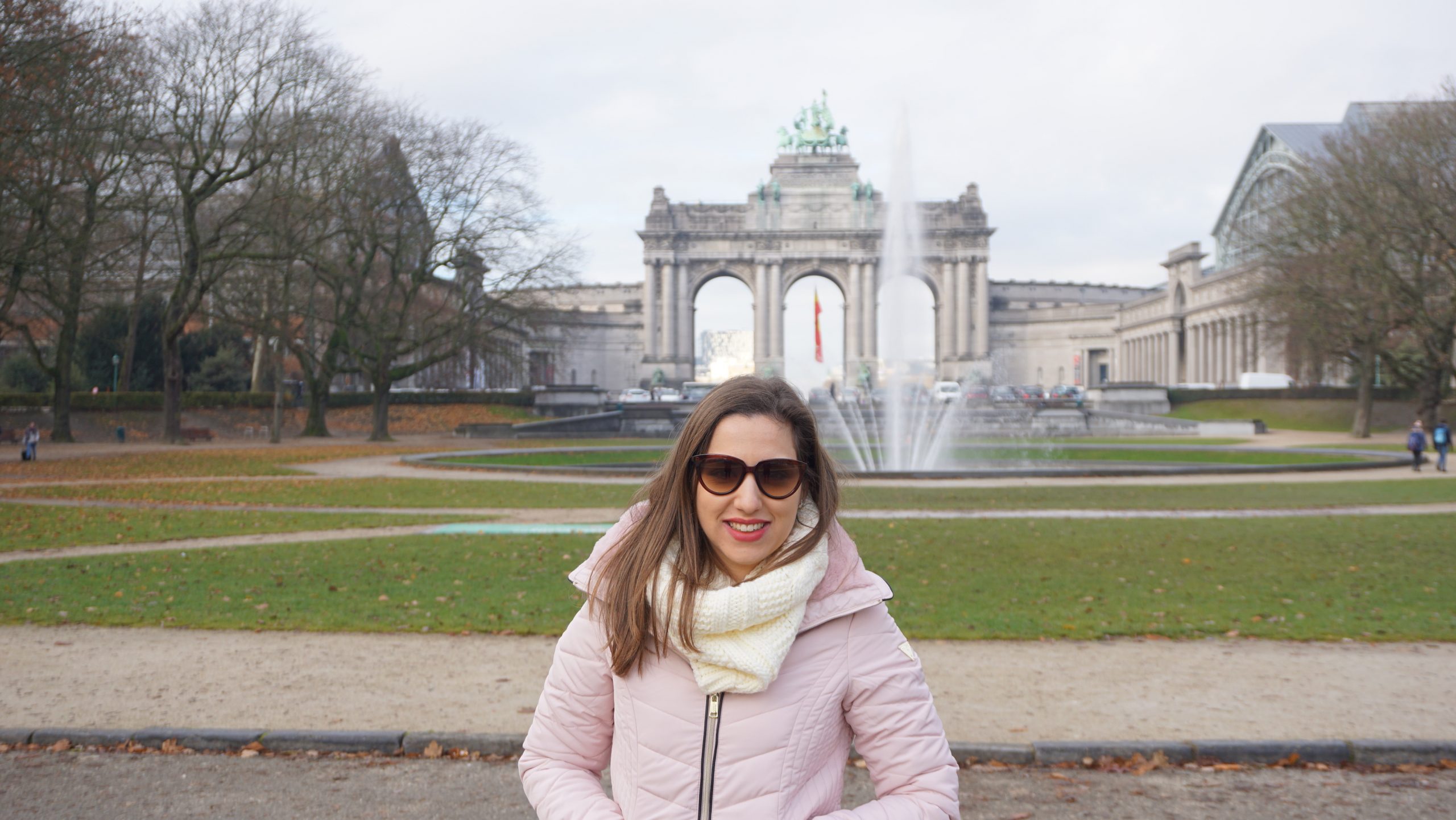At the end of the 19th century, a new style of art and architecture was born in Barcelona: the Modernism (a variation of Art Nouveau style). This style became a mean of expression of the Catalan nationalism and had mainly three relevant names: Lluís Domènech i Montaner , Josep Puig i Cadafalch and, the most important, Antoni Gaudí. Lluís Domènech i Montaner created the Hospital de la Santa Creu I Sant Pau and the Palau de la Musica Catalana (both were later declared World Heritage by UNESCO). Josep Puig i Cadafalch, student of Lluís, designed multiple buildings but the best known is the Amatler House. And then, we have Antoni Gaudí who is the main figure of Catalan Modernism and the responsible for the construction of several attractions in the Barcelona.
Who was Antoni Gaudí?
Antoni Gaudí was born on June 25, 1852 in the city of Reus, Catalonia. At 17 he moved to Barcelona, city where one of his brothers already lived. In 1873 he joined the architecture course at the School of Fine Arts, later called the School of Architecture at the University of Barcelona. He completed his studies in 1878 and was on that same year he met Count Eusebi Güell, who would become one of his main clients. His life started very distant from spirituality and ended up embracing faith in many ways (even built the Sagrada Familia). Gaudí thought that more than technical skills, inspiration and love must be part of an architect’s life. On 1926, Gaudí died because he was hit by a tram while crossing a street.
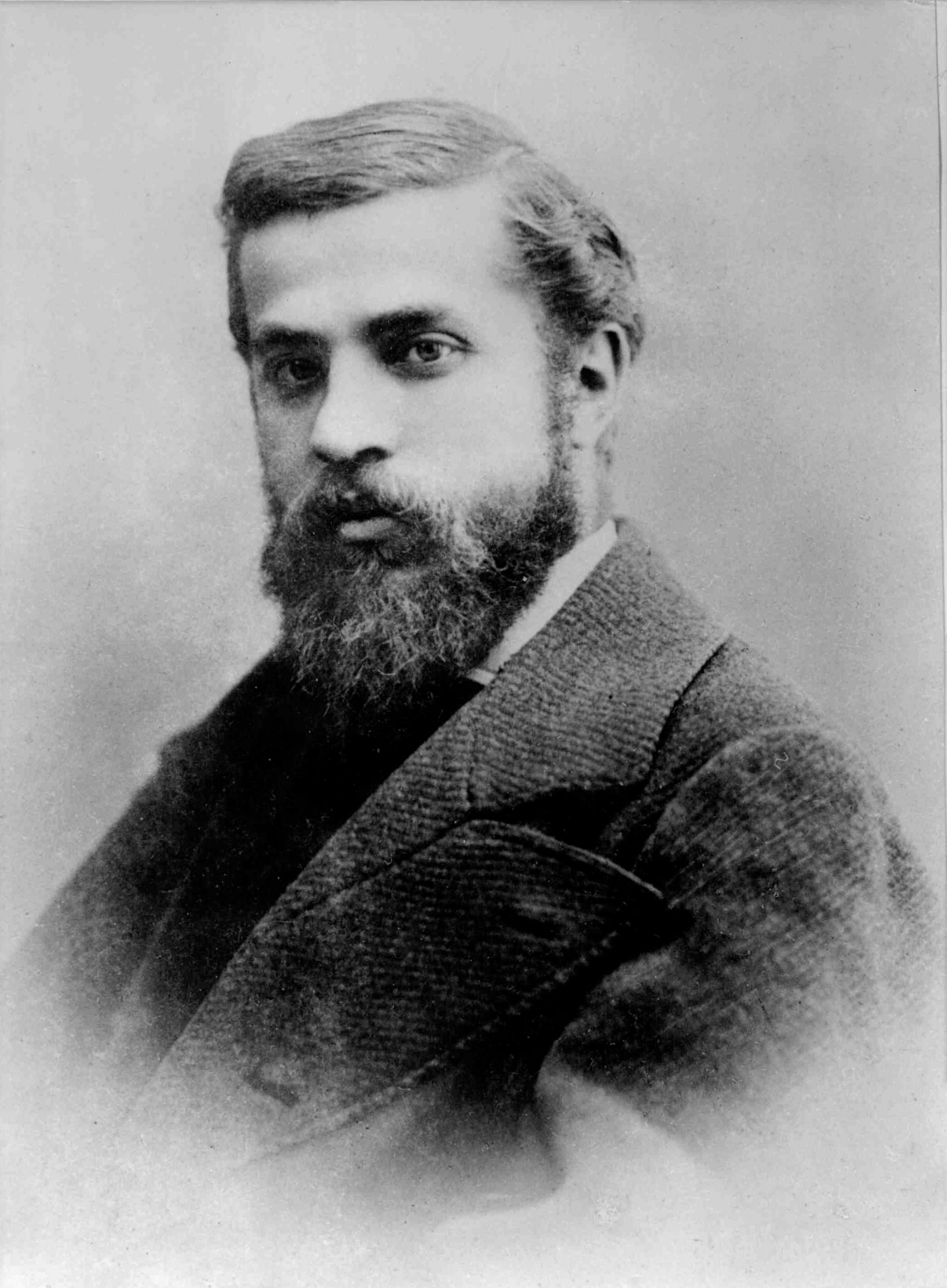
The Gaudi architecture
With revolutionary ideas that led to change the world of modernism and architecture in general, Gaudí designed striking buildings, endowed with innovative solutions based on the forms of nature, the mix of many colors and the use of textures. Gaudí used ceramics, wrought iron, stained glass and joinery too on his constructions.
Antoni Gaudí has such an important role in architecture world and he has lots of works, that makes it difficult to know where to start when talking about them. One of the most important characteristics that stands out on all its constructions is the authenticity/originality.
In my opinion, the next buildings are my favorites by Gaudí and deserve to be highlighted.
★ Palau Güell
The Palau Güell was the first major work commissioned by Eusebi Güell, Count de Güell and an industrialist and politician. The magnificent palace in Gothic style, next to the Ramblas, served as a residence for the Güell family and also to gather their collection of antiques. It’s an extravagant building in which every detail distills imagination and magic. Gaudí had free budget to create a palace capable of hosting political, cultural and artistic meetings. The result of this work was one of the first modernist buildings in the world. I have already visited this palace and it’s amazing! (the rooftop is my favorite part)
★ Casa Batlló
Casa Batlló was built between 1904 and 1906 at the request of Josep Batlló, a very rich businessman, to be the family home. The building already existed but Gaudí completely reformed it to his style. All the details of the facade, the materials and its interior had a main objective: to make the most of natural lighting. Battló was so impressed with the architect’s work that he recommended Gaudí to this friend Pere Milà I Campus (the owner of Casa Milà).
★ Casa Milà
Known as La Pedrera too due to its rustic stony appearance, Casa Milà is an amazing modernist building created between the years 1906 and 1912. Gaudí was involved in several constructions at the same time and the work began to delay. Also the difference in tastes and thoughts between Milà and Gaudí didn’t help and because of that, the architect give up this project. However, later Gaudí returned and finished the works in 1912.
★ Park Güell
Park Güell was ordered by the businessman Eusebi Güell to Gaudí between 1900 and 1914 (the park only became public in 1926 – until then it was private property).
The park covers more than 17 hectares and is a reflection of Gaudí’s artistic fullness. It belongs to the artist’s most naturalistic stage, a period in which the architect improved his personal style, taking inspiration from the forms of nature and putting into practice a series of new structural solutions originated in his analysis of the geometry. It’s full of wavy shapes, tree-shaped columns, animal figures and geometric shapes, most of which decorated with colorful mosaics made with pieces of ceramics.
★ Sagrada Família
Gaudí’s buildings are almost all located in or around Barcelona, and he spent much of his life building what is now considered the city’s main symbol: the Expiatory Temple of the Sagrada Família (he was committed from 1883 until 1926, the year of his death). Under construction for more than a century, the Sagrada Família remains unfinished but awesome anyway. Each detail of the building simultaneously plays a structural, ornamental and symbolic role. You can read here more about the Sagrada Família building.
These are some of the most striking buildings of the Modernism style in Barcelona. However, there are so many others! The Eixample district, where Passeig de Gràcia is located, is immediately associated with this architectural and artistic style because of all its buildings. A walk there allows you to contemplate this style better.
Do you want to know more about my trip to Barcelona? Click here to read all the posts.

